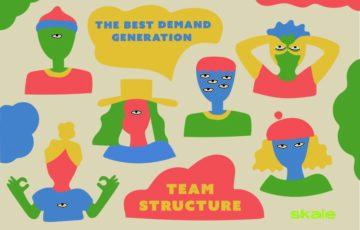
The Best Demand Generation Team Structure to Nurture Leads
So you know you need a demand generation team, now what? Read on for the people you'll need, their skillsets, and what you should be paying them.
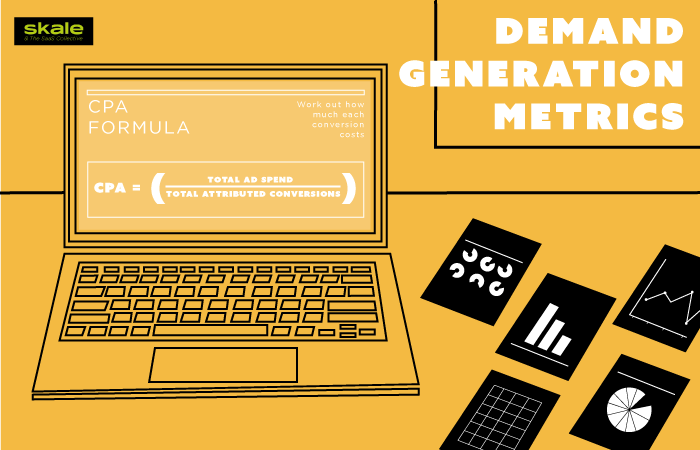
Demand generation is a tricky game to be playing. There are numerous ways to do it, and each one has its own playbook, methods, and best practices. However, one thing we can agree on are the demand generation metrics every SaaS business should be tracking to measure the success of their efforts.
In this article, we called in the help of our SaaS Collective experts to get their input on demand generation metrics that are an absolute must for any SaaS demand gen team. We’ve also used our own talent from Skale, who—together—have helped to double Slite’s product signups in just 3 months.
Hopefully, you’re already tracking some of these demand gen metrics regardless, as some metrics inform other areas of your SaaS marketing strategy. However, hopefully, you’ll find some new metrics to consider here as well and can build a more data-driven demand gen strategy for your team and SaaS.

We’ll start with the basics, Marketing Qualified Leads. If you’re not tracking MQLs yet, it’s time to start! They’re an essential KPI to measure to ensure you’re on track to meet your company’s revenue goals.
A market qualified lead is someone who you deem as very likely to convert into a sale. It is not someone ready to buy there and then, but someone aware of your brand and solution, needs it, and is willing to learn more about it.
An MQL is someone that will welcome more marketing/nurturing.
Of course, people don’t turn around and say to you: “Hey, I’m an MQL!” if only things were that easy. This means you’ll need a certain amount of lead intelligence to determine a Marketing Qualified Leads. These factors are informed by closed-loop analytics. This can be anything from:
All of these actions indicate someone is happy to engage with your business, needs your solution, but for whatever reason needs more marketing material to buy.
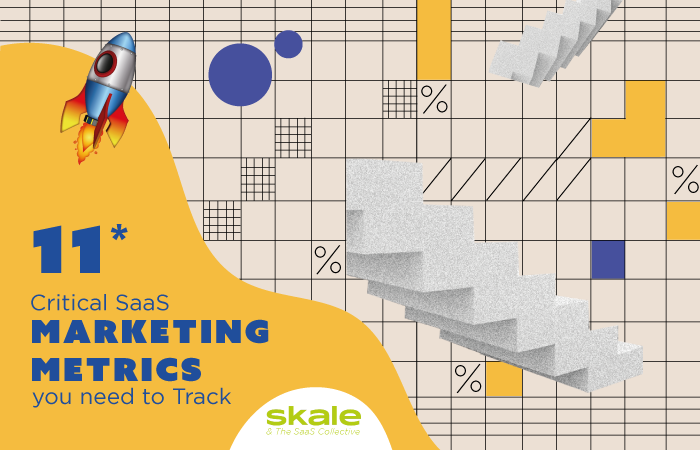
Sales qualified leads (SQLs) and sales accepted leads (SALs) are two essential demand gen metrics that will indicate if your demand gen strategy is performing well or not.
An SQL is someone your sales team has qualified to receive sales material and buy your product. They are often referred to as a ‘hot’ lead and, like an MQL, will need data intelligence (that you decide upon) to determine whether they’re ready to be sold to or not.
These determining factors come from past sales if you’ve never aligned on this before. A few things to consider are:
Similar to an SQL is a SAL—a sales accepted lead. The difference between these two things is how hands-on your marketing and sales teams are, who is leading who, and how much technology you can access.
Whereas digital actions can determine an SQL, a SAL refers to the lead being accepted by sales manually. This is typically done at a more qualitative level. For example, a salesperson may have a call with someone and deem them “acceptable” to be sold to, need nurturing (an MQL), or be unqualified—for numerous reasons.
Both of these metrics are fantastic in identifying demand for your product.
Bonus: Work with one of these top enterprise SEO agencies to increase SQLs and SALs
Your cost per acquisition is a fantastic insight into the success of your demand gen strategy. Although following demand generation best practices doesn’t necessarily mean sales, the number of customers acquired and how much those sales cost you are attributed to your demand gen strategies.
Note: this metric is different from your cost per lead (CPL). Your cost per lead looks at people that could potentially buy, however, customer acquisition costs look at those who do buy.
For example, if you make ten sales and a profit of $9 per month per sale, but your customers are only staying with you for one month, and you spent $100 per customer on marketing strategies and costs, you’re not working towards a sustainable and profitable business.
By keeping an eye on your cost per acquisition, you keep an eye on how much each customer costs you. Consider what your spend to acquire customers is and their ROI: customer lifetime value (CLTV).
Measuring customer acquisition costs, it’s an indicator of the demand you have—or have not—managed to generate for your SaaS.
Two key metrics that come hand-in-hand when measuring demand generation are your activations and your signups.
How many people are signing up for your product? This doesn’t need to be a paid sign-up; it can also be a freemium version of your SaaS that you’re running. At the same time, how many people are activating within your product, meaning, how many people are becoming active users?
Both of these demand gen metrics let you know your SaaS marketing team and lead generation campaign is doing are doing a great job at the top of the funnel, building knowledgeable demand for your SaaS and business.
Customer lifetime value, CLTV, sometimes shortened to LTV, is a great demand generation metric to track. It’s referring to the average customer lifetime value, no individual cases. By seeing an increase in your customer lifetime value, you know that your demand generation is going the extra mile. What do we mean here? There’s a difference between generating demand for your SaaS and generating educated demand.
When it comes to customer lifetime value, there’s absolutely no point in generating demand for your business if this demand will not convert—either into sales or referrals. If you’re generating demand but are not seeing an increase in customer lifetime value or some of the other metrics we’ve mentioned above, then your efforts are in vain.
Customer lifetime value is an important reminder that you can’t just be shooting for demand for the sake of hitting vanity metrics. If your demand is not going to stick around, then it’s time to reassess what you’re doing up front.
This is a really important metric to track to ensure your upfront costs and marketing efforts are paying your business back further down the line.
For example, if your demand gen costs are still keeping your business profitable, or at the minimum, keeping your numbers in the green when you’re just looking for user growth.
Your payback period is how long it takes to win back your upfront costs of winning a paid user. For a healthy SaaS, this should be 12 months or less. You can calculate your payback period using the following equation:
CAC / ARPA = Payback Period
Psst! Your ARPA = your average revenue per account per month. Some people say this is your annual revenue per account, but we’re keeping it as average revenue per account on a monthly basis, for what we’ve mentioned above.
An absolute must for Ian Marck, Head of Growth at EasyMovie, is the days a lead stays on a given status before moving to the next one. In short, days in status—each section is part of a greater metric: marketing cycle length (MCL). Days in status can refer to any stage in the sales funnel; it could be MQL to SQL or directly MQL to customer.
“While this indicator is normally considered for RevOps or Sales, I can divide my acquisition cost per day on a given status. CAC is a nice indicator but rather on the end-tail of the typical process.
What I am looking at is to shed some light on how the budget is impacting the pipeline. Not just in plain number of leads, but also in velocity or the duration of a phase. Where exactly in my pipeline are demand gen efforts are contributing?”
A good demand gen strategy alongside a sleek sales machine and RevOps strategy should see your days in status either reducing or being at a rate the provides your business value while not losing time.
It’s a delicate balance of efficiency and speed—not rushing someone through a process they’re not ready for.
This metric is also referred to as the ‘close rate’ per channel. Andy Davis, Director of demand gen at Attest, shared his view on this all-important demand gen metric.
“Marketing sourced pipeline and revenue are critical success measures for demand gen. They are what demand or revenue-generating teams are there to do.
Even with a fairly quick SaaS sales cycle, you likely still have a 30-60 day sales cycle. Demo requests on your website are an excellent leading metric to track. This is a very clear measure of creating increased demand in the market.
An increase in demo requests is an increase in the people with sales intent who are actively seeking you out.”
With this in mind, keep an eye on where your best demand gen sources are. What are they costing your business? What’s the return of investment for each? If you can identify demand gen avenues that are working well for your SaaS, then consider if it’s worth investing more in that particular channel—be it time, money, or something else.
Within your demand gen strategy, you’re likely to have numerous tactics to build demand among your ICPs. For this reason, a core metric to track for your demand gen progress is the average deal size you’re winning from each tactic.
When you can attribute a channel to the largest deals, rather than simply the most deals, you can start making smarter decisions about where to place your time and money.
For example, you could find a customer from SEO efforts is 4x more likely to sign a larger contract than five customers from PPC. Yet, you spend the same amount of time on each channel—for now.
Measure your average deal size and from which channel, and you’ll make smarter lead generation decisions in the future.
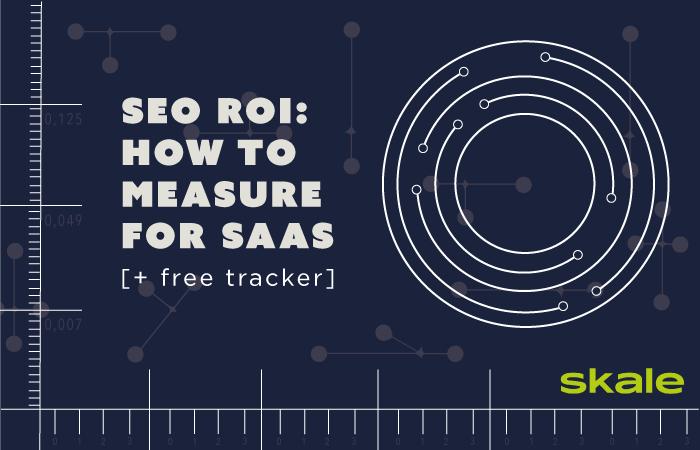
Once you’ve got the above demand gen KPIs locked down, you can start looking at the bigger picture. How much revenue is your demand gen bringing your SaaS business in comparison to other revenue generation strategies?
For example, compare the amount of revenue your demand gen has brought to your upselling or cross-selling strategies to current customers. Are you generating more revenue? Are you generating less? What’s really making a profit for your SaaS, and what are you spending money on because you think you should be?
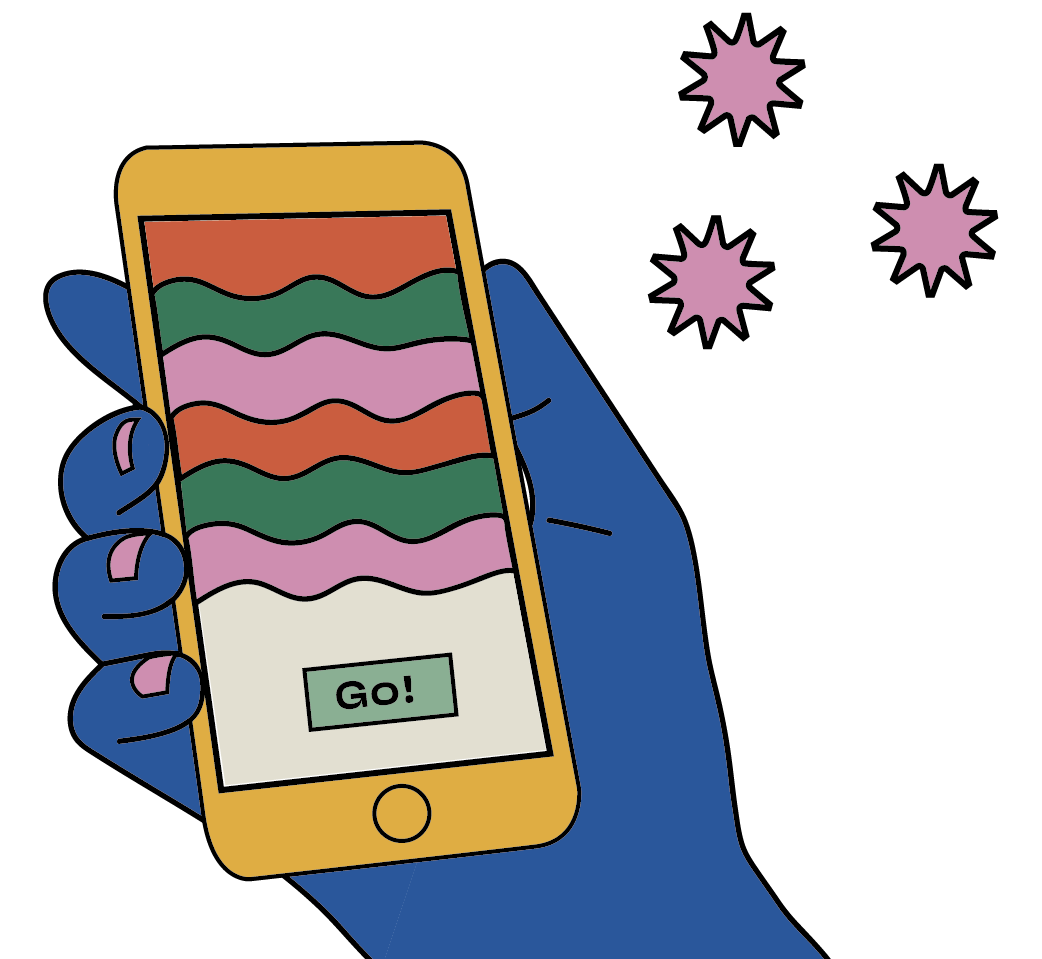
Create your next demand generation strategy with Skale’s guide, informed by years of experience with 30+ SaaS brands
Read the guideThere’s a high chance you’ll be using plenty of different content types to build and maintain your demand gen strategy. Whether you’re using video, blogs, illustrations, great storytelling, infographics, or something else, there are quantitative ways for you to measure the success of your content depending on how you’re distributing it.
For example, social media can tell you a lot about your content being received with comments, likes, shares, saves, and post or link clicks insights. Various email management tools can also let you know if your subject lines are punchy enough to get an open or if your in-email content is earning clicks.
Find SaaS tools that will give your quantitative feedback on the effectiveness of your content and work with the data you have. There’s always room to optimize your demand gen strategy.

Last but certainly not least demand gen metrics to track is your brand sentiment. If you’re delivering branded content well at the top of the funnel, you should start to see your brand sentiment lift over time.
Like with content performance tracking, there are a few SaaS tools out there to empower you to get the feedback you need.
Platforms like Typeform and VideoAsk are great for customer feedback, or you can try a user research platform like Maze to test your brand sentiment against your target demographic.
However, you chose to compose your brand sentiment research; the important thing is that you’re doing it, learning from it, and constantly tweaking your content upfront to build better relationships with future customers.
Measuring demand gen does not need to be such a daunting task as it sounds. Once you’ve got a solid understanding of the demand gen metrics you need to track, and more importantly, why you’re tracking them you have two methods to track these KPIs.
Manually: One way to track demand gen is manually. You’ll need to be a pro in excel to do this. However, if you’ve got the knowledge, this is a relatively cost-efficient way of tracking your efforts.
Although, if you’re at the level where you need to be tracking demand gen efforts, there’s a high chance that your time is better spent elsewhere rather than digging through data. If this is the case, find someone who can track these metrics for you in your sales cycle, like a business analyst, or consider option number two.
Automatically: Option number two for tracking demand gen metrics is using SaaS tools. There are some fantastic SaaS tools out there that will automatically track this important data and present it in a way that’s understandable and usable for your team.
If you’re curious to learn more about automation, you’re in luck because we shared an article specifically on the best tools for demand gen.
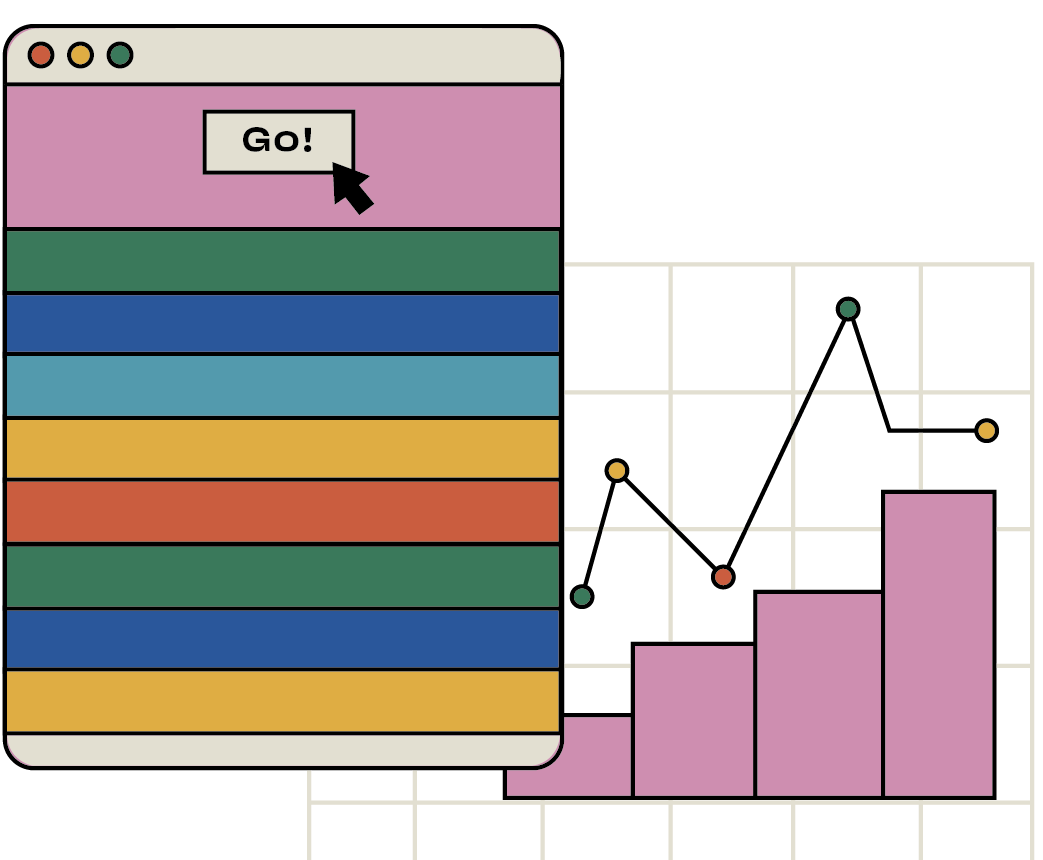
These 9 tools help you track and optimize your demand generation process
See the listWhen you’re measuring demand gen for your SaaS there are a few things to consider to ensure you make the most out of the data you collect, as well as collect it efficiently. You want to keep your metrics tracking process as agile as possible.
Co-founder and CEO at Factors.ai, Srikrishna Swaminathan, shares his top priority when measuring demand gen.
“Key metrics for me are:
All the metrics you’re tracking should be by product (if you have multiple) and within that product by customer segment.
Another important thing to keep in mind is attribution by first touchpoint and last touchpoint for CPLs. Lastly, segmenting by campaign and demand gen channel is also key in understanding your SaaS demand generation efforts.”
Cross-collaboration for product teams has helped the likes of Nokia, Hotjar, and Apple succeed. When you build a cross-collaboration culture, you empower employees to work together to solve complicated problems and find diverse solutions.
Share your data with those that will be able to read, act and input on it. Whether it’s for their own goals or to help you with your demand generation goals, your demand generation metrics reports will be more powerful in the hands of other talented team members. Consider:
Take this a step further and use these teams’ data to inform your demand generation reporting methods. Perhaps they’re already watching a metric you need to track—or have a system that can do it for you.
What does your data tell you? It’s so crucial that you conclude with a hypothesis from your data sets. From there, you either need to dive deeper into the numbers to confirm your hypothesis, run tests, or launch an initiative.
There’s no point reporting on all of this data if you’re not going to use it to optimize your product or customer experience. Identify what actions you can take from your demand generation data and follow through with those actions.
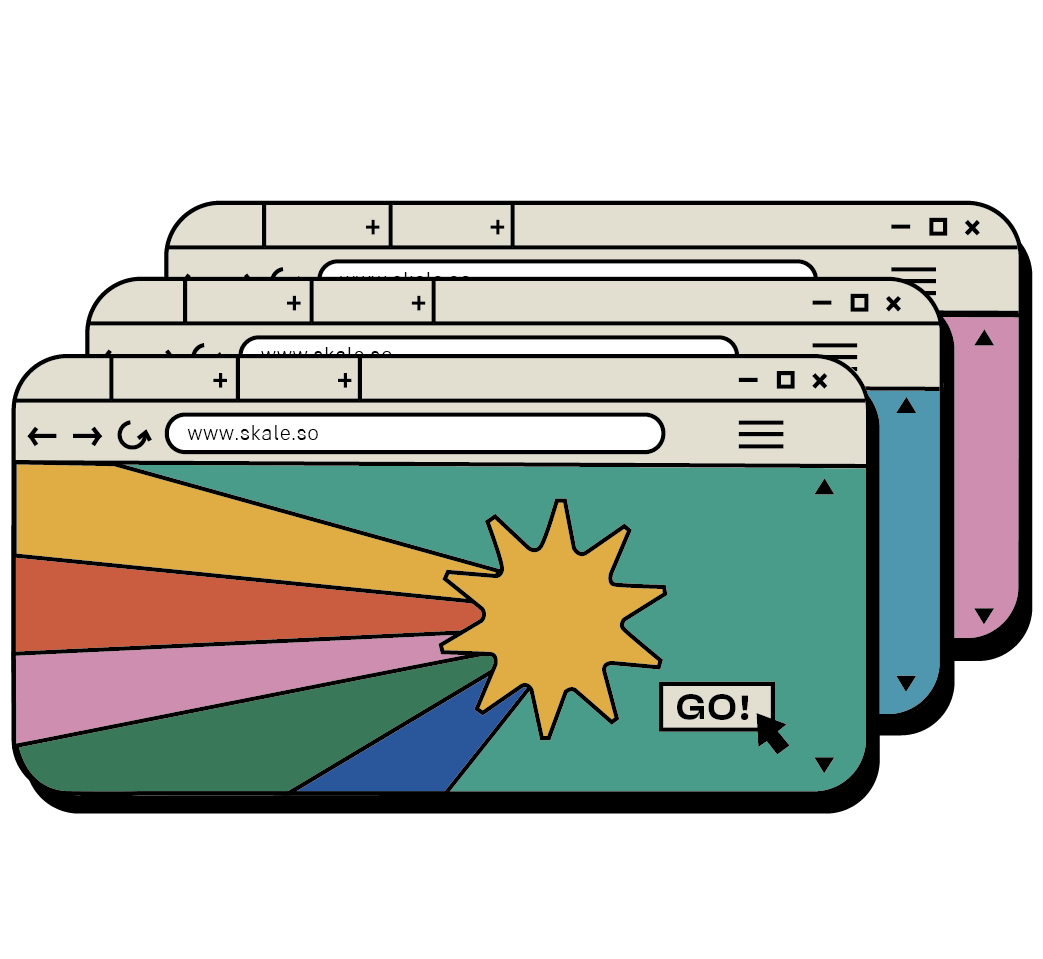
Build a strategy based on these best practices, driven by experts, and you’ll go far
Get the guideThat’s a wrap on demand gen metrics. Hopefully, you found this article useful and can initiate some of these metrics into your demand generation marketing campaigns and marketing efforts. When you closely manage pipeline health with DG metrics, each one will bring your business valuable insights you can use to continue striving for success.
A demand gen strategy is a series of marketing efforts to generate a demand for your brand and product. Demand generation ideas and content are top of funnel marketing and can drastically improve your brand reputation, MQLs, SQLs, Activations, sales accepted leads, and more.
Lead generation metrics are numbers that specifically look at the number of people knowledgeable, interested in, and in need of your product.
For example, marketing qualified leads, and sales qualified leads are metrics that measure potential customers that want/need your SaaS. They can be key performance indicators that you’re on track to hit great business goals.
Creating a demand generation program is not easy. To create a strong demand gen strategy, you’ll need to work closely with your sales, marketing, and product teams to understand your personas, product positioning, and the best way to build a demand for what you have to offer and generating higher-value customers.
Learn more about
Demand Gen

The Best Demand Generation Team Structure to Nurture Leads
So you know you need a demand generation team, now what? Read on for the people you'll need, their skillsets, and what you should be paying them.

6 Elements to Include in your Demand Generation Process
Everything you need to know to build a stellar demand generation process, and a more profitable SaaS business.
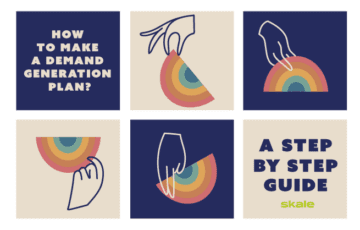
How to Craft a Winning Demand Generation Plan
Your eight-step guide to crafting a demand generation plan that helps your SaaS take flight.